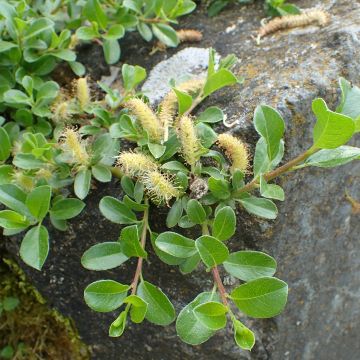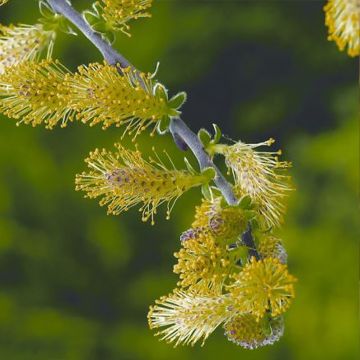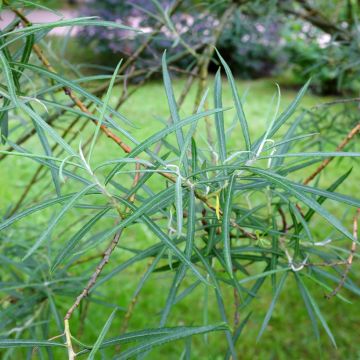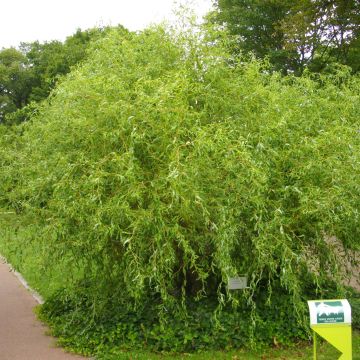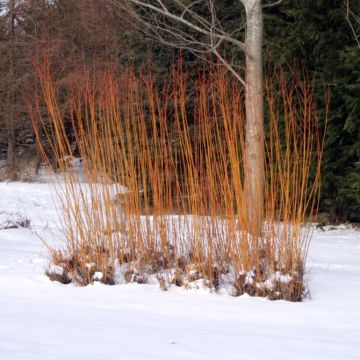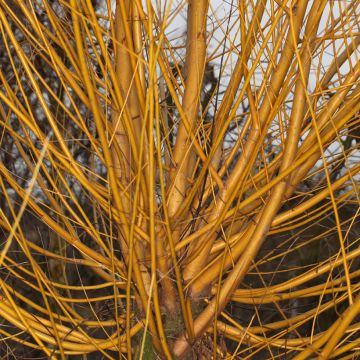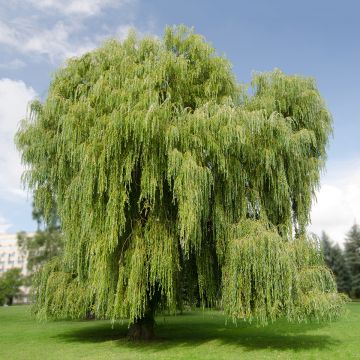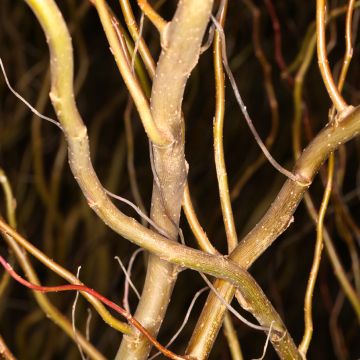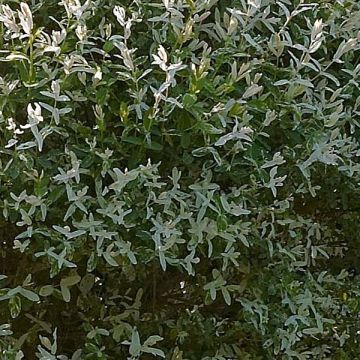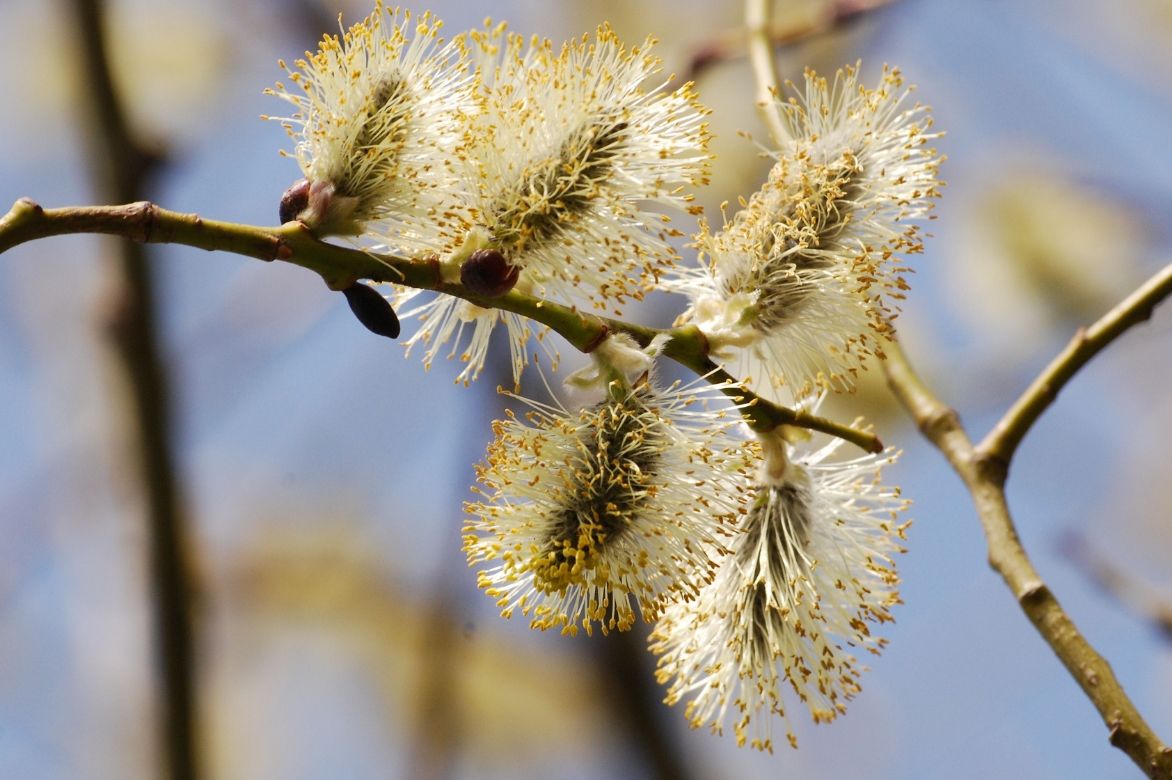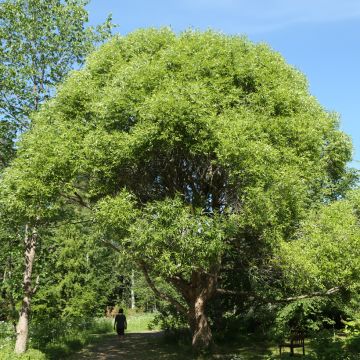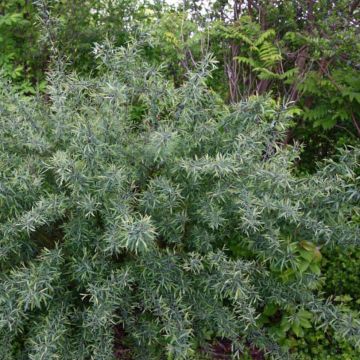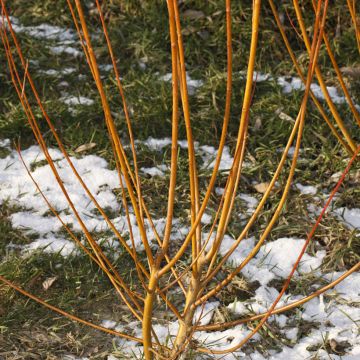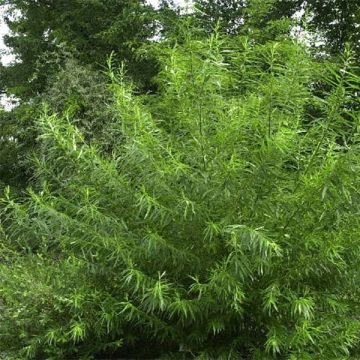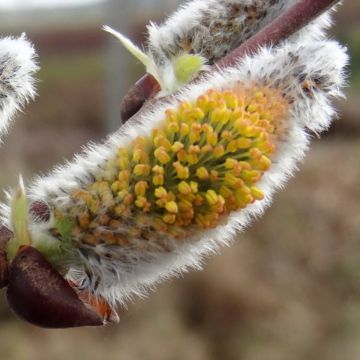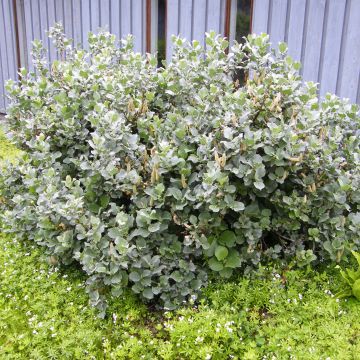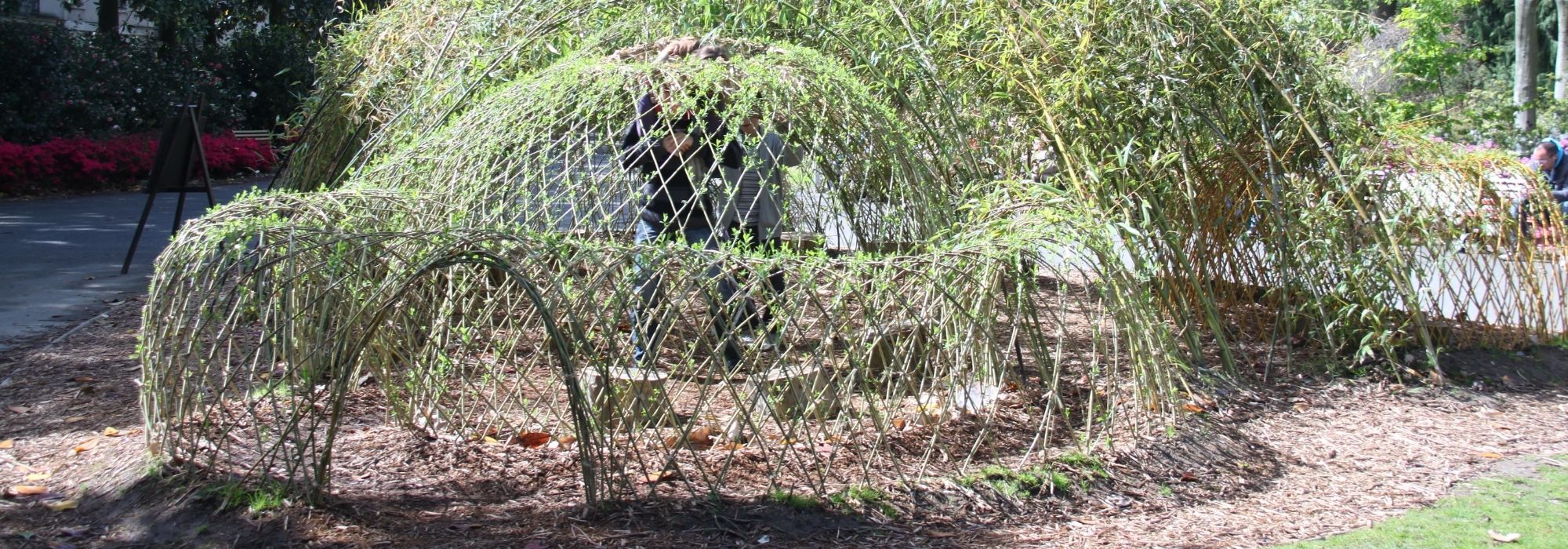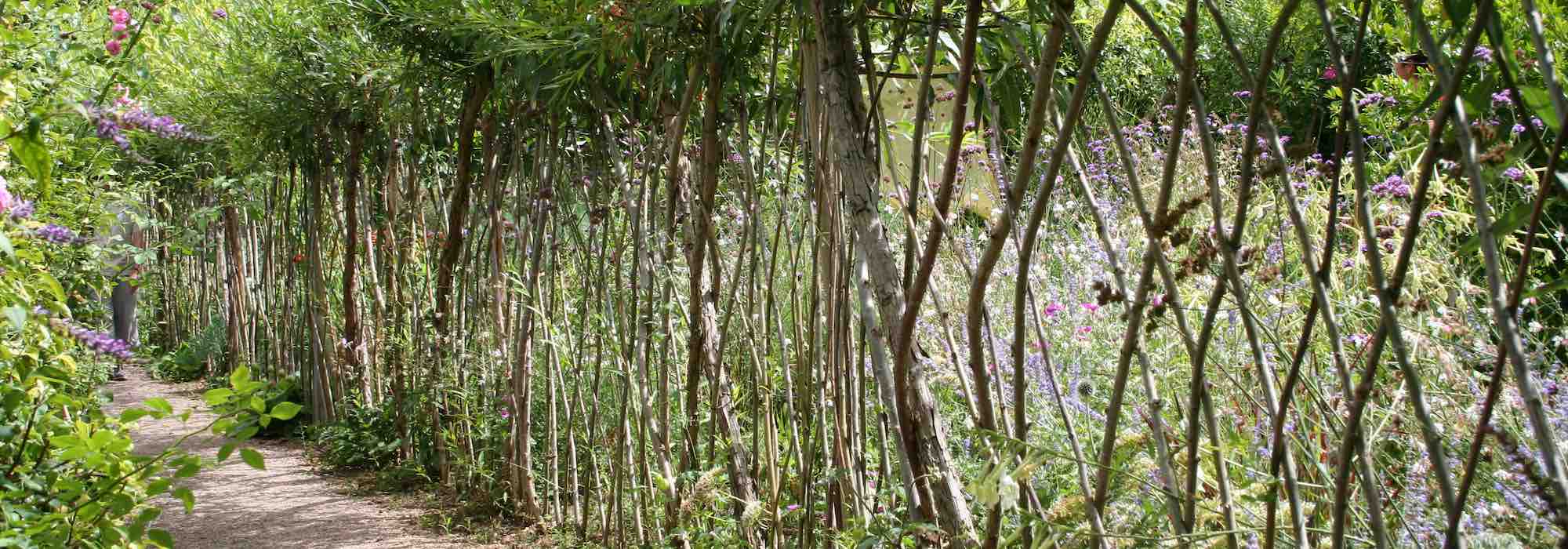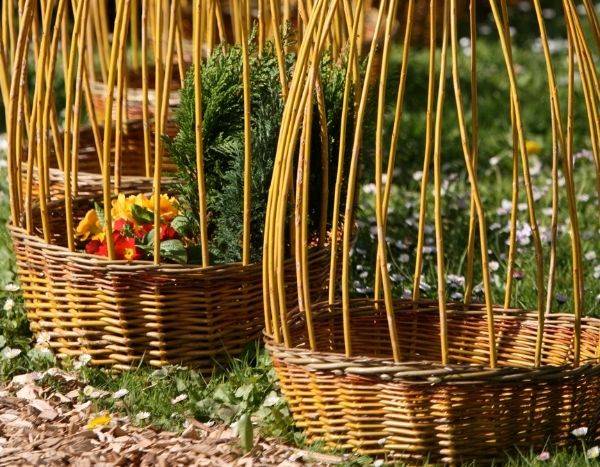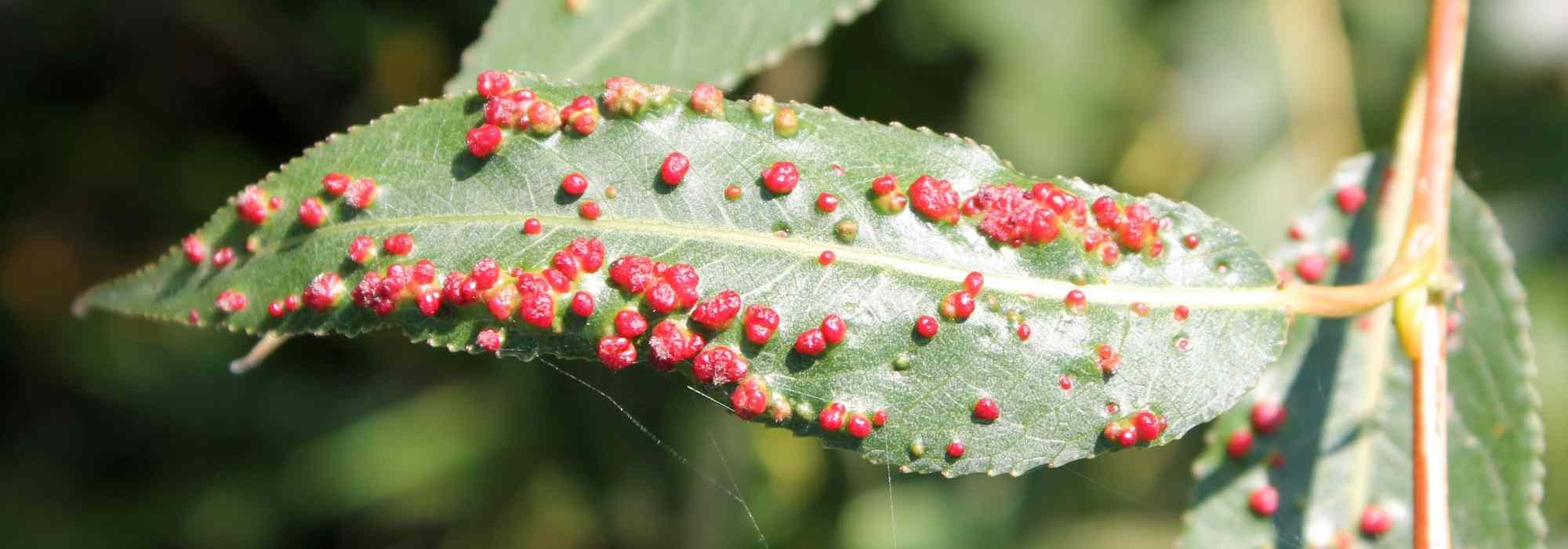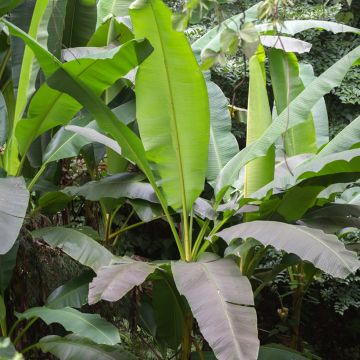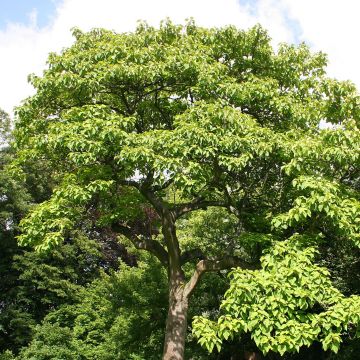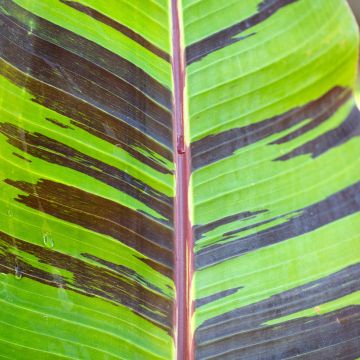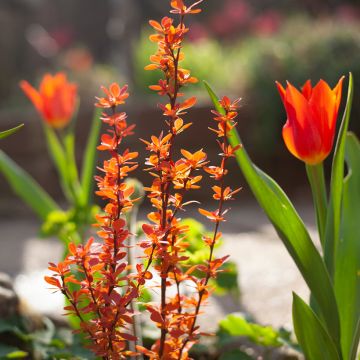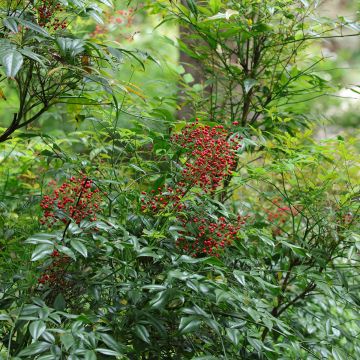

Salix alba Aurea - White Willow
Salix alba Aurea - White Willow
Salix alba Aurea
White Willow, Common Willow
Special offer!
Receive a €20 voucher for any order over €90 (excluding delivery costs, credit notes, and plastic-free options)!
1- Add your favorite plants to your cart.
2- Once you have reached €90, confirm your order (you can even choose the delivery date!).
3- As soon as your order is shipped, you will receive an email containing your voucher code, valid for 3 months (90 days).
Your voucher is unique and can only be used once, for any order with a minimum value of €20, excluding delivery costs.
Can be combined with other current offers, non-divisible and non-refundable.
Why not try an alternative variety in stock?
View all →This plant carries a 24 months recovery warranty
More information
We guarantee the quality of our plants for a full growing cycle, and will replace at our expense any plant that fails to recover under normal climatic and planting conditions.
Would this plant suit my garden?
Set up your Plantfit profile →
Description
Salix alba 'Aurea' is a white willow selected for its magnificent deciduous foliage, yellow-green in summer, golden yellow in autumn, and its young golden wood. When trimmed into a bush, this small deciduous tree can be maintained in proportions more suited to modern gardens. A willow always imparts a poetic ambiance to the garden. This one is incredibly bright, stunning in landscaping within wet areas.
The 'Aurea' white willow is thought by some experts to be a hybrid of Salix fragilis and bears a strong resemblance to Salix sachalinensis 'Golden Sunshine'. Its ancestor, Salix alba, originates from the wetlands of the northern hemisphere, particularly in Europe, temperate Asia, and North Africa. It is a highly adaptable and very fast-growing tree. It belongs to the salicaceae family and the Salix genus, which comprises no fewer than 300 species distributed across the cold regions of the northern hemisphere. This species is dioecious, meaning that female and male flowers are borne on distinct subjects.
Salix alba 'Aurea' shows moderately fast growth, or even a bit slow. When untrimmed, it exhibits a generally spreading habit, with a short trunk and a wide, rounded crown. Ultimately, it will reach about 4-5 m in height and 3 m in width. Severe and regular pruning, either as a bush or as a pollarded tree, every 3 years will help to reduce its height. It will then form a large, dense clump. The long, soft, and flexible branches are golden when young, then turn grey-brown. They bear leaves that are 11-12 cm long, narrow, and lanceolate in shape. Both sides of the leaf are silky, the upper side being shiny and the underside more silvery. When the tree is grown in sunlight, their colour is a slightly greenish yellow in spring. The young shoots are often tinged with orange. The foliage becomes increasingly yellow in summer and takes on a magnificent golden yellow hue before falling in autumn. Flowering occurs in April-May, coinciding with the appearance of the young leaves. The 3 to 5 cm long catkins are yellowish-green. The root system of this willow, being both taprooted and spreading, is perfectly suited to deep and unstable soils. For this reason, it is advisable to keep this willow away from pipes and drains. The white willow is also a medicinal plant, with its bark being the first source of aspirin. A wild Salix alba can reach the venerable age of 100 years.
The 'Aurea' white willow should be planted in isolation, at the centre of a large border, in a hedge, or at the edge of a body of water. Its golden foliage is valuable for bringing light into a more sombre arrangement, for example at the edges of the countryside. It is a bush of wet, calcareous to acidic soils. Less known, this willow tolerates both seasonal drought and excessive moisture. Some plants that can accompany it are dogwoods Cornus sanguinea and C. sericea 'Baileyi' with colourful wood, Miscanthus, the coyote willow…
Advice: Collect fallen leaves in autumn and burn them if the tree shows black spots (anthracnose) or yellow-orange spots (rust) during its growing season. Once all the leaves have fallen, treat with Bordeaux mixture.
Plant habit
Flowering
Foliage
Botanical data
Salix
alba
Aurea
Salicaceae
White Willow, Common Willow
Cultivar or hybrid
Other Willow - Salix
View all →Planting and care
Salix alba 'Aurea' is best planted in autumn, from September to November, in any moist, fairly heavy, rich soil, in a sunny position. Water and mulch the young plants. To limit growth, periodically and severely prune all branches to form a large bush or what is known as a pollarded tree, a sort of stump from which numerous shoots grow. A short pruning of this type, during winter, is often the best way to contain anthracnose attacks (black spots, cracks).
Planting period
Intended location
Care
Planting & care advice
This item has not been reviewed yet - be the first to leave a review about it.
Similar products
Haven't found what you were looking for?
Hardiness is the lowest winter temperature a plant can endure without suffering serious damage or even dying. However, hardiness is affected by location (a sheltered area, such as a patio), protection (winter cover) and soil type (hardiness is improved by well-drained soil).

Photo Sharing Terms & Conditions
In order to encourage gardeners to interact and share their experiences, Promesse de fleurs offers various media enabling content to be uploaded onto its Site - in particular via the ‘Photo sharing’ module.
The User agrees to refrain from:
- Posting any content that is illegal, prejudicial, insulting, racist, inciteful to hatred, revisionist, contrary to public decency, that infringes on privacy or on the privacy rights of third parties, in particular the publicity rights of persons and goods, intellectual property rights, or the right to privacy.
- Submitting content on behalf of a third party;
- Impersonate the identity of a third party and/or publish any personal information about a third party;
In general, the User undertakes to refrain from any unethical behaviour.
All Content (in particular text, comments, files, images, photos, videos, creative works, etc.), which may be subject to property or intellectual property rights, image or other private rights, shall remain the property of the User, subject to the limited rights granted by the terms of the licence granted by Promesse de fleurs as stated below. Users are at liberty to publish or not to publish such Content on the Site, notably via the ‘Photo Sharing’ facility, and accept that this Content shall be made public and freely accessible, notably on the Internet.
Users further acknowledge, undertake to have ,and guarantee that they hold all necessary rights and permissions to publish such material on the Site, in particular with regard to the legislation in force pertaining to any privacy, property, intellectual property, image, or contractual rights, or rights of any other nature. By publishing such Content on the Site, Users acknowledge accepting full liability as publishers of the Content within the meaning of the law, and grant Promesse de fleurs, free of charge, an inclusive, worldwide licence for the said Content for the entire duration of its publication, including all reproduction, representation, up/downloading, displaying, performing, transmission, and storage rights.
Users also grant permission for their name to be linked to the Content and accept that this link may not always be made available.
By engaging in posting material, Users consent to their Content becoming automatically accessible on the Internet, in particular on other sites and/or blogs and/or web pages of the Promesse de fleurs site, including in particular social pages and the Promesse de fleurs catalogue.
Users may secure the removal of entrusted content free of charge by issuing a simple request via our contact form.
The flowering period indicated on our website applies to countries and regions located in USDA zone 8 (France, the United Kingdom, Ireland, the Netherlands, etc.)
It will vary according to where you live:
- In zones 9 to 10 (Italy, Spain, Greece, etc.), flowering will occur about 2 to 4 weeks earlier.
- In zones 6 to 7 (Germany, Poland, Slovenia, and lower mountainous regions), flowering will be delayed by 2 to 3 weeks.
- In zone 5 (Central Europe, Scandinavia), blooming will be delayed by 3 to 5 weeks.
In temperate climates, pruning of spring-flowering shrubs (forsythia, spireas, etc.) should be done just after flowering.
Pruning of summer-flowering shrubs (Indian Lilac, Perovskia, etc.) can be done in winter or spring.
In cold regions as well as with frost-sensitive plants, avoid pruning too early when severe frosts may still occur.
The planting period indicated on our website applies to countries and regions located in USDA zone 8 (France, United Kingdom, Ireland, Netherlands).
It will vary according to where you live:
- In Mediterranean zones (Marseille, Madrid, Milan, etc.), autumn and winter are the best planting periods.
- In continental zones (Strasbourg, Munich, Vienna, etc.), delay planting by 2 to 3 weeks in spring and bring it forward by 2 to 4 weeks in autumn.
- In mountainous regions (the Alps, Pyrenees, Carpathians, etc.), it is best to plant in late spring (May-June) or late summer (August-September).
The harvesting period indicated on our website applies to countries and regions in USDA zone 8 (France, England, Ireland, the Netherlands).
In colder areas (Scandinavia, Poland, Austria...) fruit and vegetable harvests are likely to be delayed by 3-4 weeks.
In warmer areas (Italy, Spain, Greece, etc.), harvesting will probably take place earlier, depending on weather conditions.
The sowing periods indicated on our website apply to countries and regions within USDA Zone 8 (France, UK, Ireland, Netherlands).
In colder areas (Scandinavia, Poland, Austria...), delay any outdoor sowing by 3-4 weeks, or sow under glass.
In warmer climes (Italy, Spain, Greece, etc.), bring outdoor sowing forward by a few weeks.






























